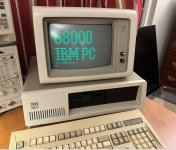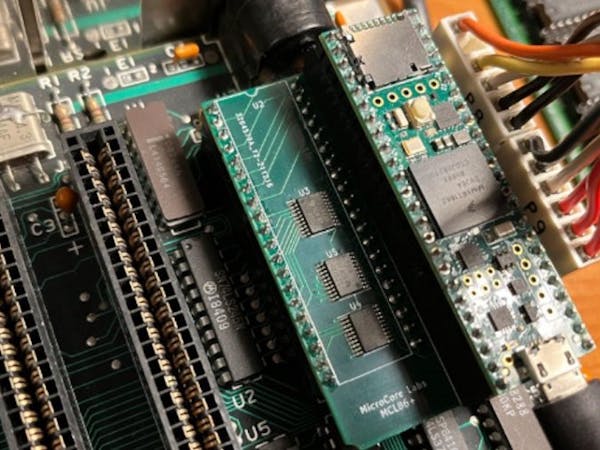MicroCoreLabs
Experienced Member
- Joined
- Feb 12, 2016
- Messages
- 298
I was wondering what the IBM Personal Computer would have been like if they had chosen the Motorola 68000 instead of the Intel 8088, so I used my MCL86+ to emulate the 68000 and find out!

 microcorelabs.wordpress.com
microcorelabs.wordpress.com


IBM PC 8088 replaced with a Motorola 68000
I was wondering what the IBM Personal Computer would have been like if they had chosen the Motorola 68000 instead of the Intel 8088, so I used my MCL86+ to emulate the 68000 and find out! The MCL86…
 microcorelabs.wordpress.com
microcorelabs.wordpress.com



